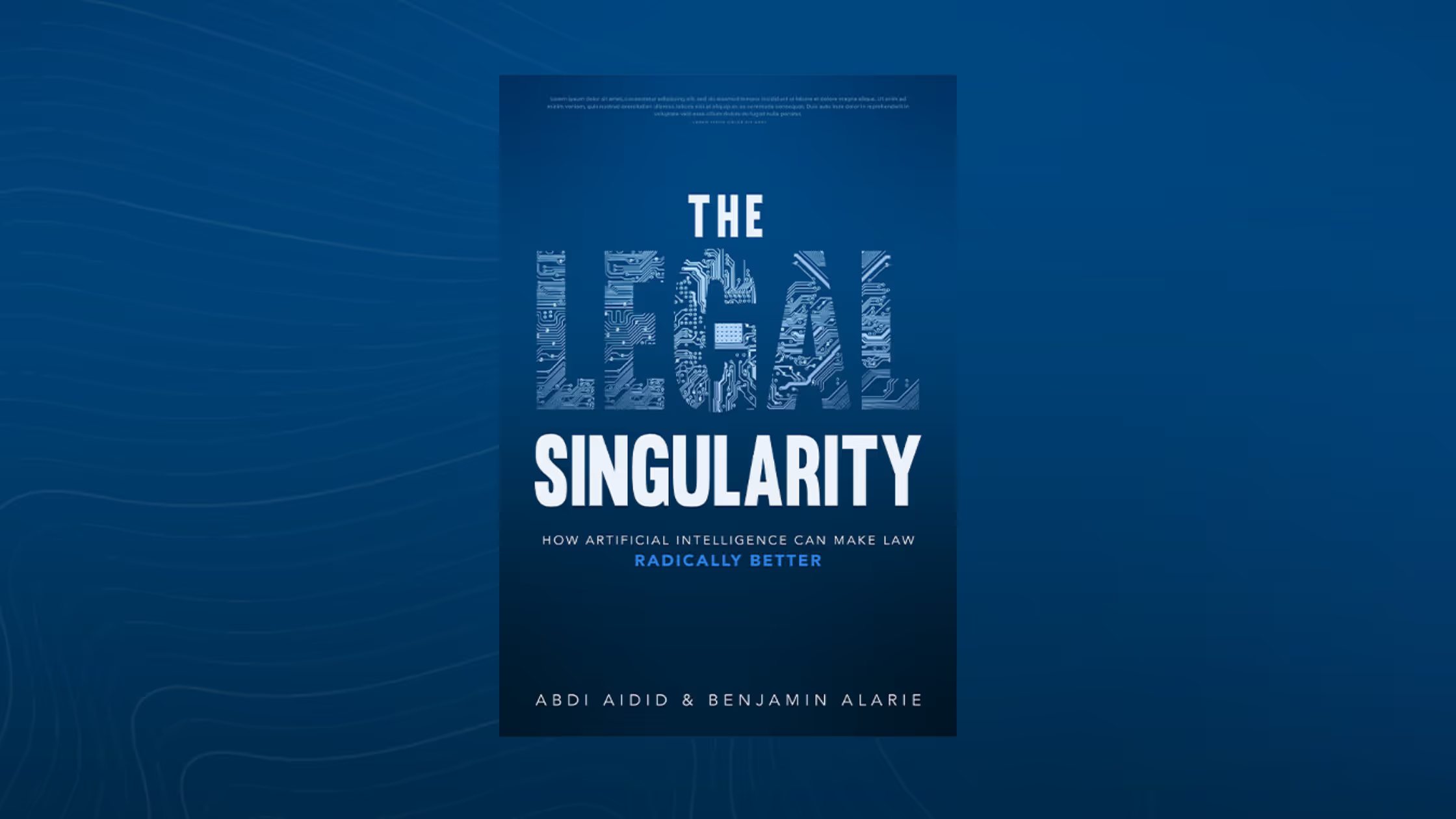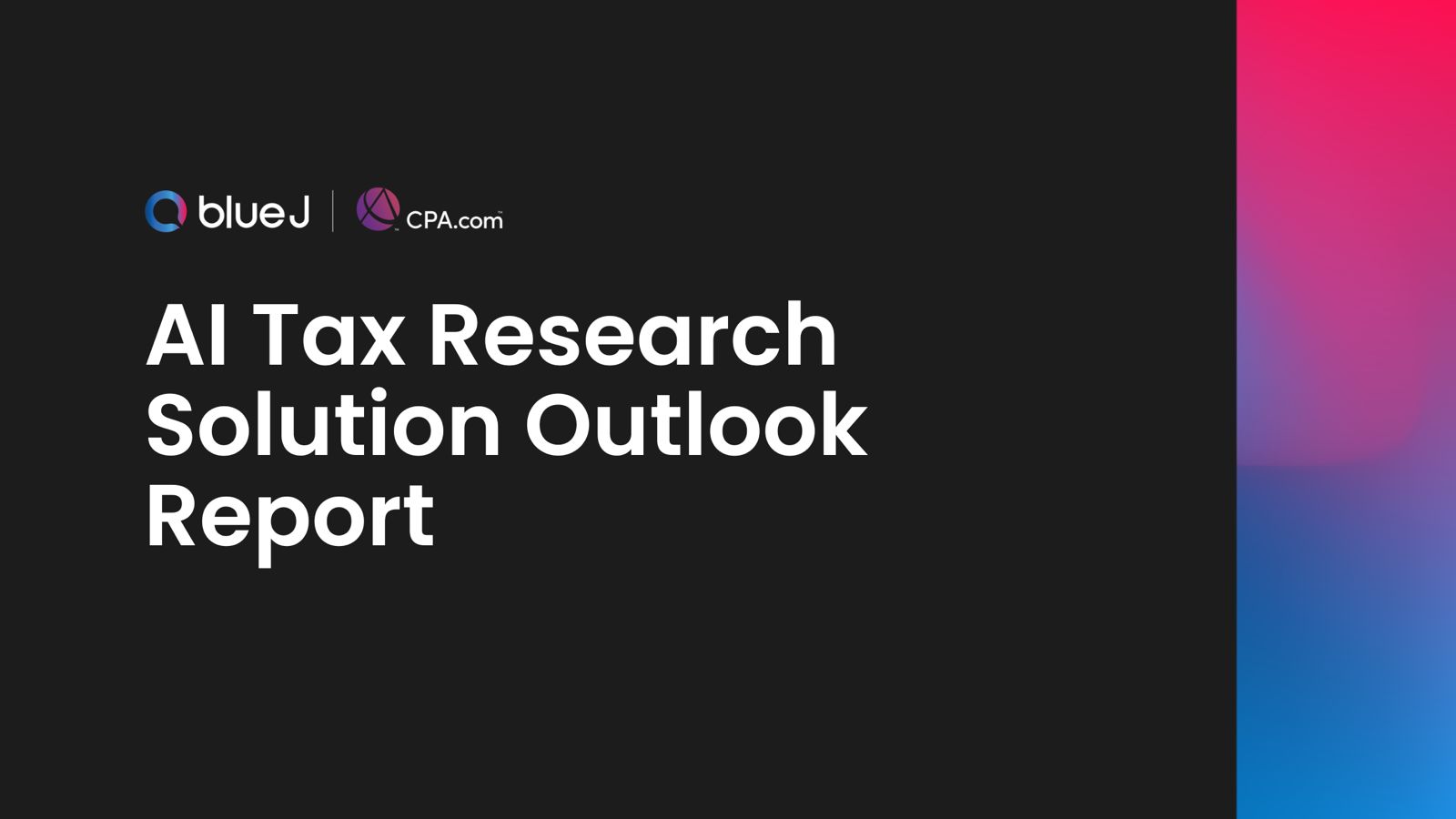
At Blue J, we're delighted to offer this blog series providing an exclusive sneak preview into the highly anticipated book, The Legal Singularity. The book explores how society can harness artificial intelligence (AI) to make the law "radically better" and achieve a vision of the law as fully comprehensive and predictable. One illustration of our commitment to advancing the legal industry is the development of Ask Blue J, our upcoming AI-powered tax Q&A bot similar to ChatGPT. We're thrilled to be a part of this exciting future and look forward to continuing the conversation with you.
Exploration of Chapter 2: The Nature of Legal Information
If you missed our summary of the introductory chapter, we encourage you to read it here.
The second chapter of The Legal Singularity begins with the 1765 case of Entick v Carrington, where Lord Camden's famous dictum that “law must be found in our books” established the precedent about precedent. Ironically, there is no definitive text of the decision in Entick, which highlights the fact that our access to legal information is not guaranteed.
Today, common law and civil law legal systems rely heavily on textual components such as codes, statutes, and case law. Lawyers use these authoritative texts to make arguments and provide advice. However, in the past, ancient societies rarely codified their laws due to cost. The second chapter of The Legal Singularity explores the evolution of legal systems, and how the proliferation of legal publications led to four significant developments: modern legal precedent; law as a public affair; more rigorous legal education; and the modern legal profession.
The chapter explains that legal information serves the purpose of informing legal prediction. Knowing the law requires predicting how a future court will likely apply the information. Viewing legal information as inputs in a prediction process enables thinking of it on a continuum of predictiveness, rather than in binary states of information/non-information. This theory of legal prediction allows lawyers to advise clients on risks based on a sound appraisal of potential negative outcomes.
Aidid and Alarie trace the history of legal information from the analogue era of physically browsing law library books to the digital era of searchable electronic databases. Digital legal research not only improved information retrieval, but it also had four major impacts: increased expectations; a new relationship to legal precedent; improved capacity to make legal predictions; and improved public engagement with case law. However, the authors are quick to note that access to legal information remains limited and expensive, hindering public scrutiny of, and engagement with, the legal process.
Today, in the early days of the computational era of legal information, computational legal tools use artificial intelligence to synthesize abundant sources of legal information with great speed, low cost, and high accuracy. Predictive legal technology tools are a key feature of this computational era and apply statistical techniques to legal information to model likely outcomes. The computational era is so important to the legal singularity that the entirety of the next chapter is dedicated to it.
At Blue J, we take pride in being at the forefront of the computational era. Our predictive tools and our recently announced AI-powered tax Q&A bot, Ask Blue J, allow users to anticipate court decisions, quantify risk, and conduct in-depth legal research quickly and with confidence. In doing so, we strive to break barriers to legal information and insights and bring absolute clarity to the law.
Stay tuned for our next blog post which will highlight the third chapter of The Legal Singularity and delve further into the computational era.
The Legal Singularity (published with University of Toronto Press) is set for release July 2023.

Stay up to date












